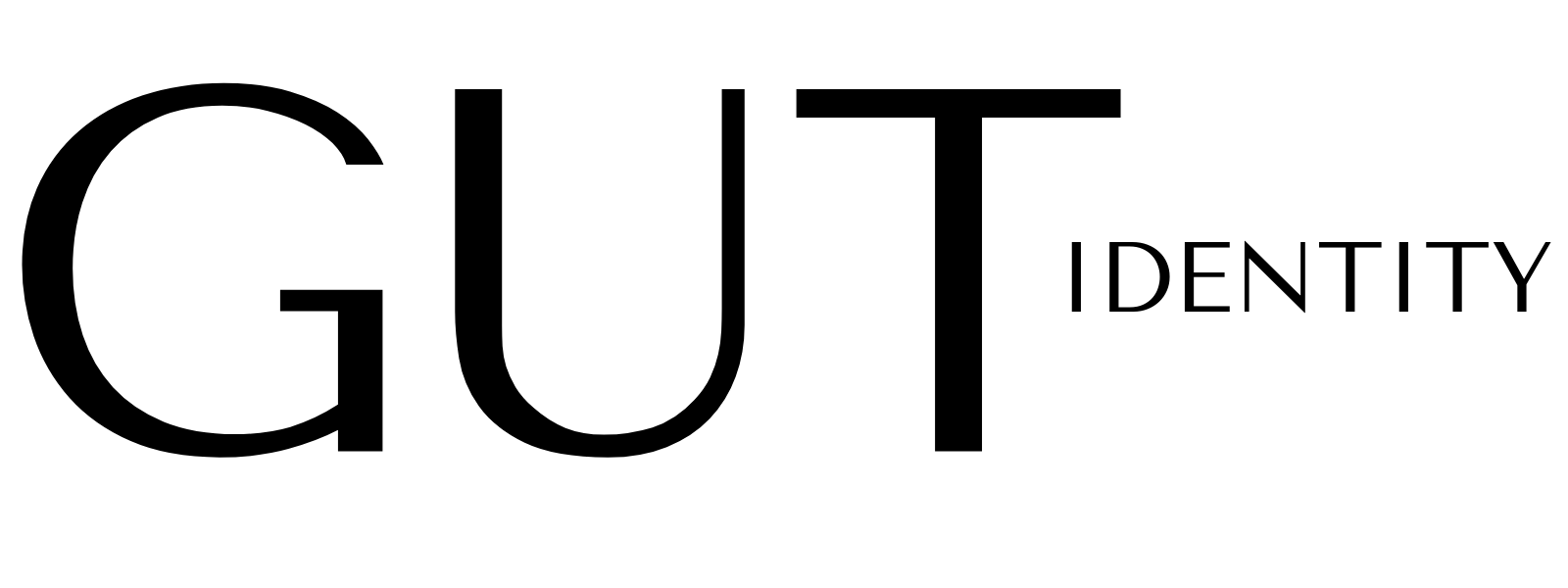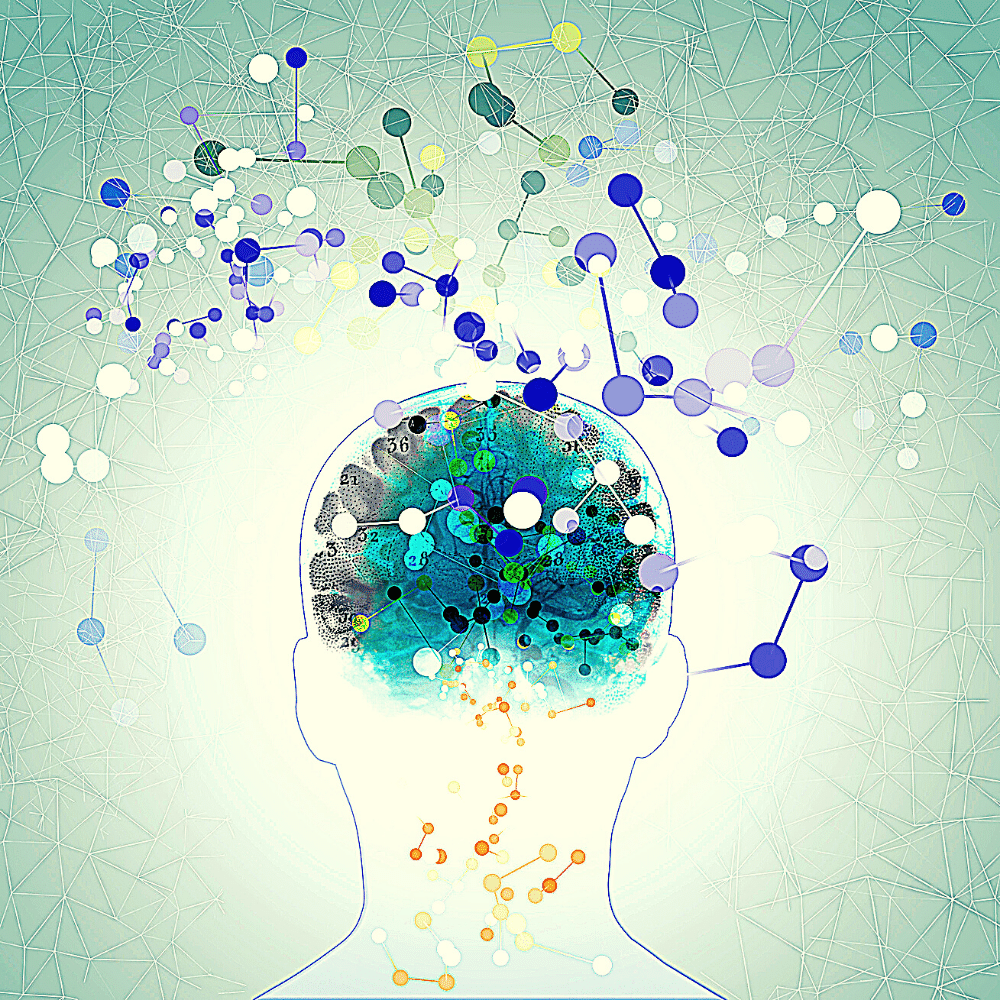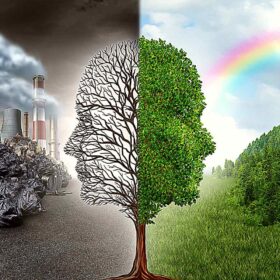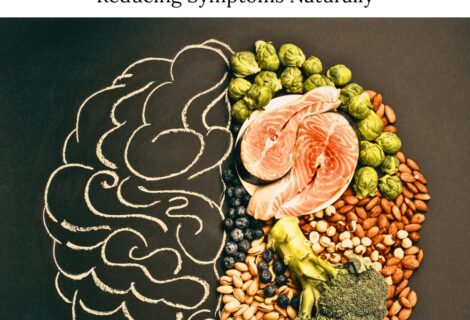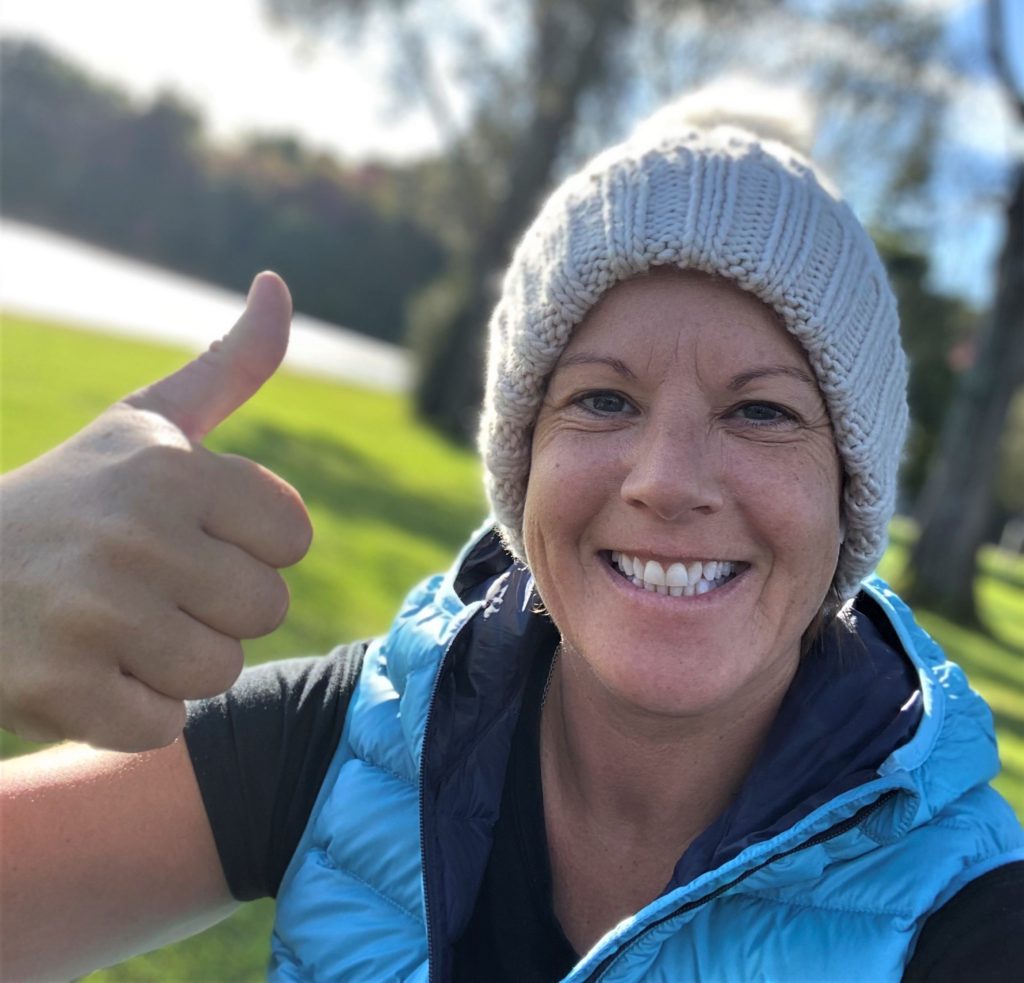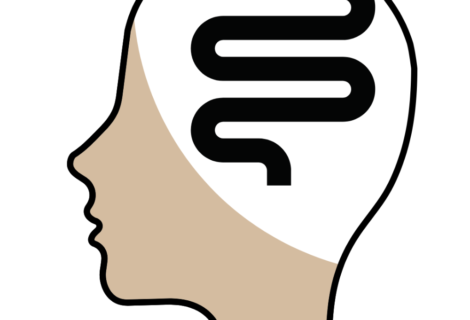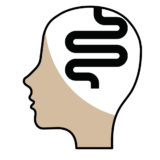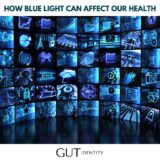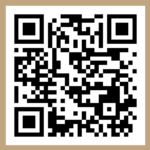There are lots of ways we can self-regulate our ADHD brain to help with anxiety and emotional regulation. These are good go-to ideas when faced with a challenging situation. When done regularly by including them into our daily routine, having a calmer brain is possible. It just takes commitment and practice.
Although I wrote this post for those with ADHD, the following strategies may be of use to anyone who may worry excessively, overthink situations, or find it difficult to relax. They are also good for anyone feeling anxious about what is currently going on in the world today.

Related Post
Self-Regulation for Children with ADHD
Release Anxiety Through Movement
Our body was designed to move, and for those with ADHD, we often want to move a lot more than the average Homosapien. If our hyperactivity isn’t expressed outwardly, it can often result in internal restlessness giving a feeling of internal angst and a general feeling of being unsettled. I find the best way to combat this is to go and do any form of movement I can. It’s not unusual for me to be dancing around my apartment to music or jumping on my scooter, just to feel the movement and release any built-up energy.
Movement also helps with the release of emotions that may be suppressed. There seems to be a massive disconnect between our body and mind. By this I mean, we often seek something external outside of us to try to fix the emotional state inside of us. We try to suppress our emotions rather than letting them come up, deal with them, and then move on.

We can relate the release of anxiety and fear to animals in the wild, like taking a deer escaping being prey for instance. If a deer gets chased by another animal but gets away safely, the deer will shake off its fear quite literally. It does this shakey movement to let its fear move through it, then it returns to its fellow deer folk. It does make sense when you think about it. They shake that shit off and get on with life.
As humanoids, we tend to want to get rid of or suppress any unwanted, awkward feelings, rather than dealing with them head-on. In other words, we tend to suppress it rather than shaking it off. We kinda just hope they will go away but usually, they’ll rear their ugly head somewhere else in our lives. Shake it off but always remember to do what works for you and seek help when you need it.
Movement through Yoga – calming the inner being

Movement can come in many forms. I also try to practice yoga 6 times per week and find this to be one of the most beneficial activities I’ve ever done in terms of managing my ADHD symptoms. Not only does it help my body by relieving tension, it also helps with following instructions and keeping my monkey brain in the present moment. Yoga is also beneficial for gaining an understanding of where in the body, tension is gathering. It allows for the ability to ‘let go’ of tension in each muscle group. It helps us calm the inner being within us.
While yoga helps with adding additional movement into my day, it also helps with stimulating the autonomic nervous system (ANS).
here are some additional ways of relieving tension in the body
If yoga isn’t your thing, check out these other strategies that can help relieve tension in the body and help us regulate our emotions.
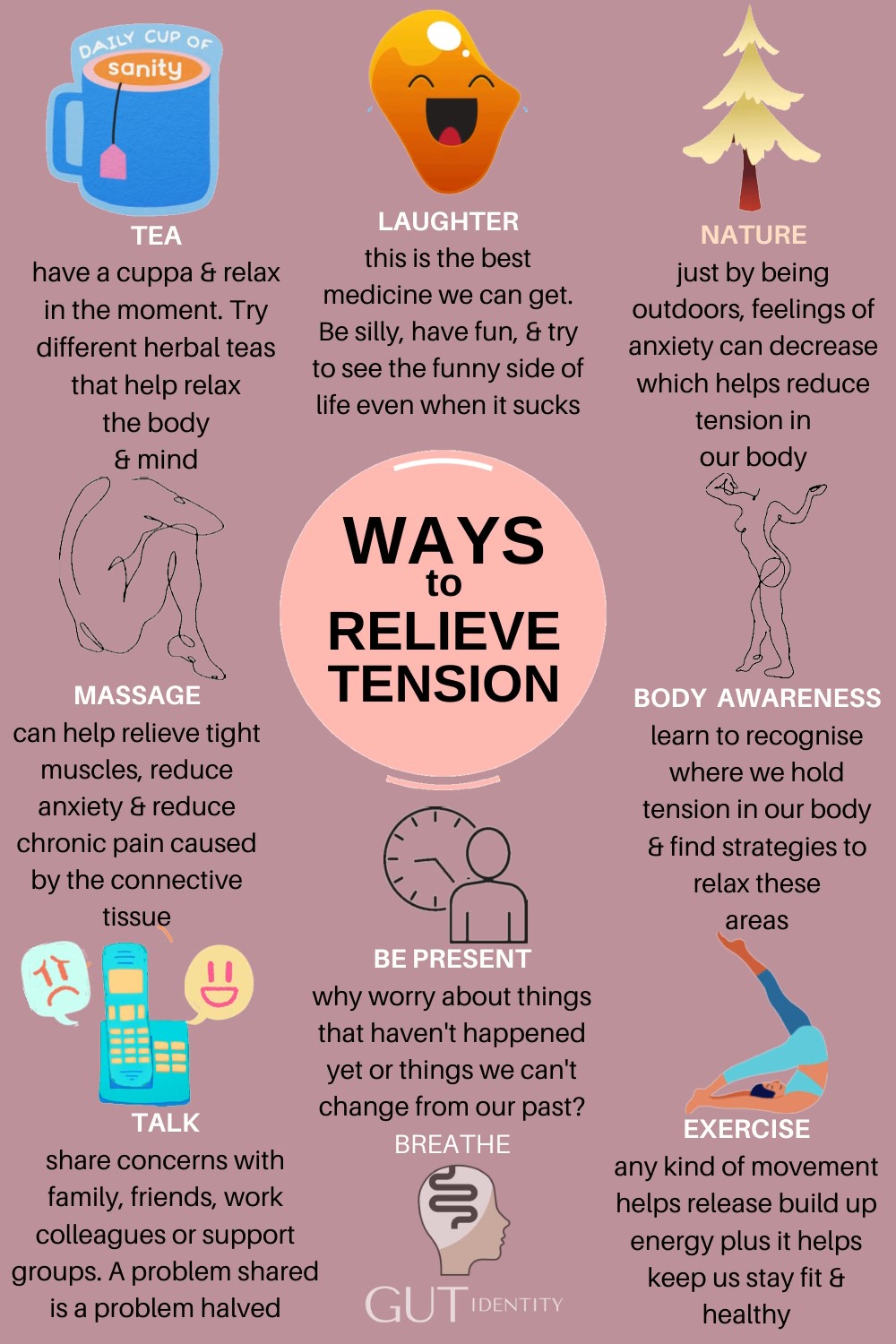
Make use of apps on our phone

We all have phones these days so why not use them to our advantage. While everyone has a phone these days, not many of us are in control of it. But control is possible if we use it to our advantage especially when trying to reduce our anxiety.
There are plenty of apps available that can help us find calm in the moment, help us with sleep, or provide a playlist on it that we can call on if we are in an anxious period. I use my phone for meditation, with Insight Timer my go-to app. If purchasing a yearly subscription, the listening offline function becomes available making it easier on the data consumption, plus fewer radio waves flying around at night. I mainly use it at night for meditation and during the day for a body scan meditation.
If I’m using an app for music, for example, Spotify, I have a playlist set up for different purposes. If I need to find calm, I will reach one of my very calming playlists to help me to calm down. Set these up in advance to make them more accessible when needed. This is also a beneficial strategy to teach children and young people if they have a suitable device.
Write stuff down to Free the ADHD Brain from relentless mind dribble
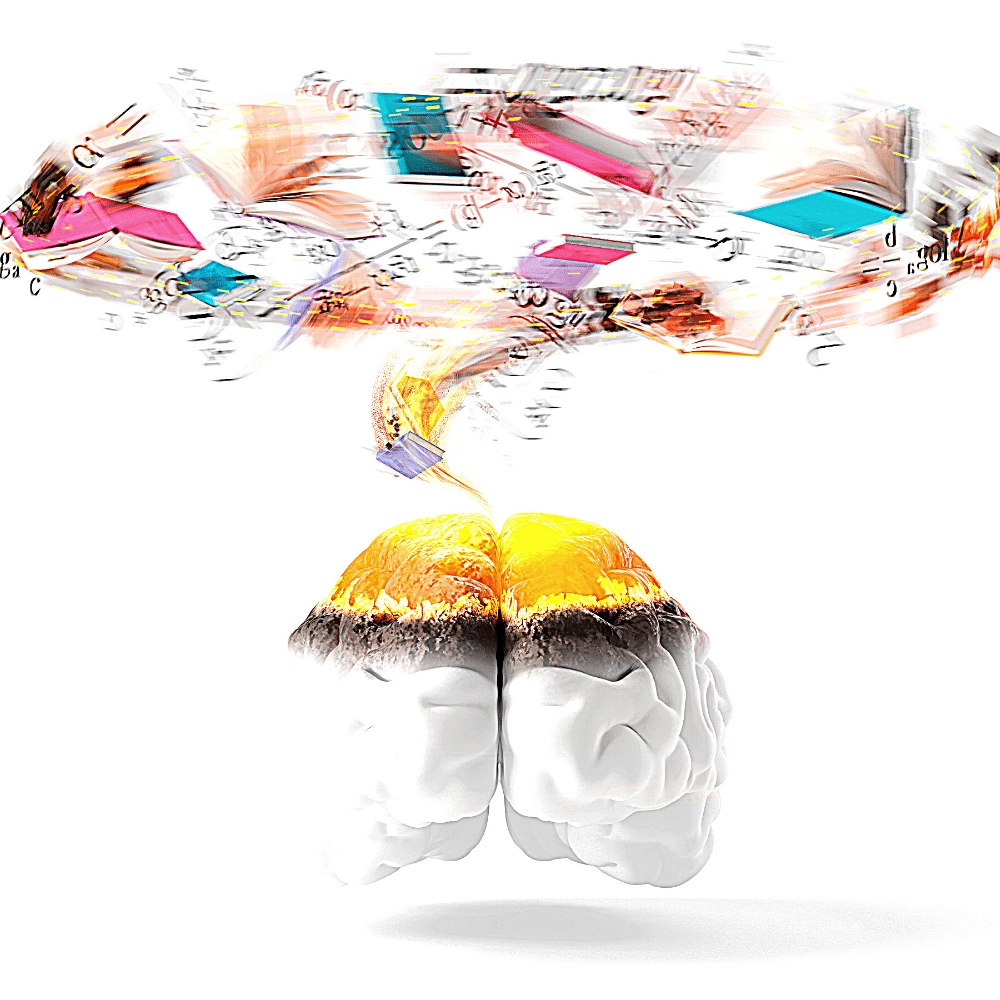
I never used to be into journaling but now I find it very calming plus it allows all the crap to flow freely from my brain as I ‘let that shi* go’. It’s a therapeutic mind dribble event sometimes but hey, it’s better out on paper than swirling around the brain on repeat. We all are different so it may not work for you but I recommend giving it a try at least.
Getting stuff out of our heads is probably one of the best things we can do because there’s usually a lot of stuff going on up there. And I mean A LOT. I find that having a journal helps me express how I’m feeling and getting it down on paper seems to do the trick. I don’t use it all the time, but it’s there if I need it.
Journaling also helps me to be grateful for what I’ve got. I do use my journal as a sort of gratitude journal that I can look back on if I’m feeling hard done by in any kind of way. Again this is a personal preference but if you’re not into journaling, something to do with your hands like colouring or drawing, may be more suited to your needs. Just try things until you find something that works.
Go somewhere quiet to reduce external noise

Finding a quiet spot can be a challenge these days but we just have to put on our thinking brain and find somewhere that works for us. At present, my quiet spot is going to a very secluded beach near where I live. While that may not be accessible for all people, try a park or a garden. Being near trees seems to have a calming effect – the above photo was taken at a park on the Gold Coast in Australia.
Being close to nature helps us to reset and refocus more easily especially when we can reduce the external noise and stimulation around us. Find the still point within. It’s there. Practising makes this easier.
If you’re inside a house or apartment, slap up a ‘do not disturb’ sign on your door so you can have some time to yourself. Being able to switch off from our immediate surroundings helps us find the still point within ourselves which ultimately leads to better feelings of calm. This strategy helps reduce my anxiety but again we are all different so try things that work for you. This is not something that I’ve developed overnight. It takes practice and commitment.
Being outside in nature helps relieve ADHD related anxiety
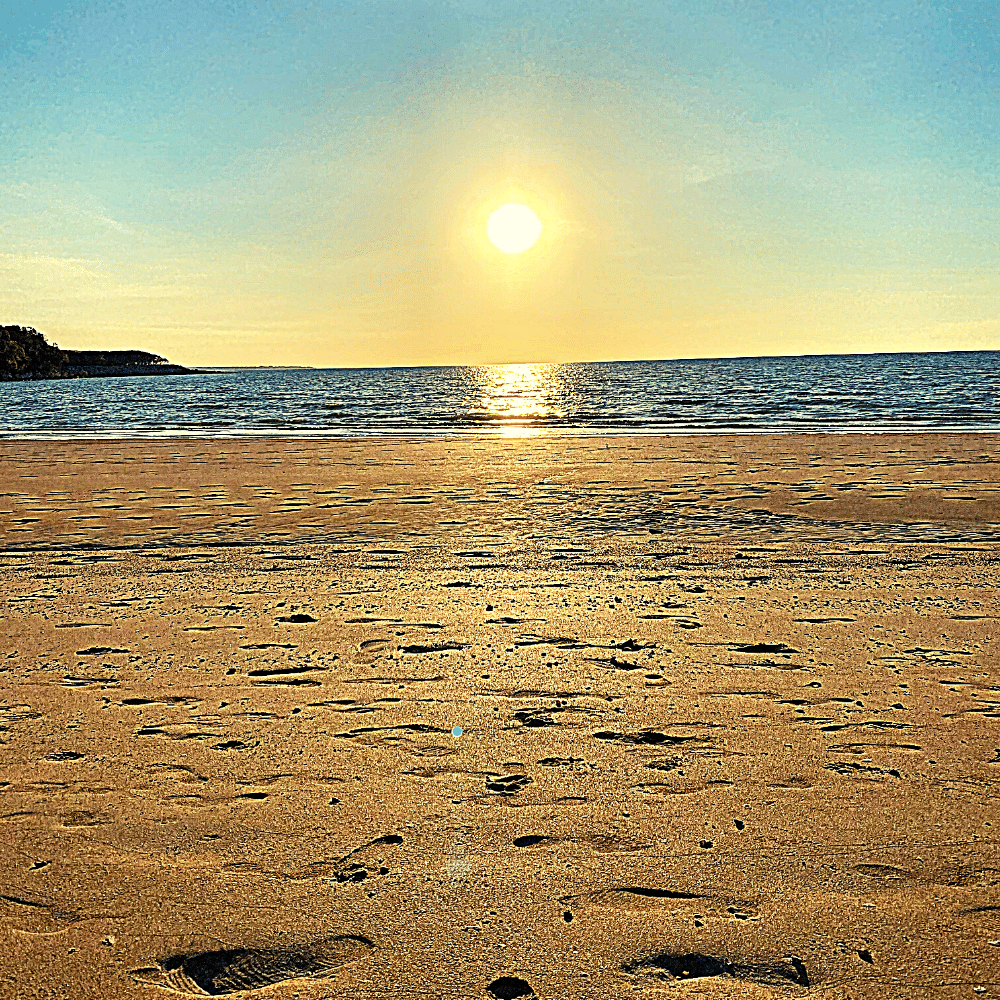
For me, being out in nature is a massive one. I find that being inside makes me feel more anxious particularly if there is clutter or a lot of things around me. Being in wide-open spaces like beaches or parks has a massive calming effect on me. If I’m anxious, I go to the beach at least once a day.
If you haven’t heard of a thing called ‘grounding‘ or ‘earthing‘, where you put your bare feet on the earth, then you’re in for a treat. Connecting with the earth can have a calming effect on the body and has also been known to reduce inflammation in the body and treat autoimmune diseases. Now doesn’t that sound like the easiest kind of treatment out there 🙂 !?! And guess what, it’s free!!!
Earthing or grounding might sound quite wacky or far out there, but it actually works by reconnecting our body to the earth’s electrons. But don’t take my word for it. Read some scientific research on it by checking out this article: published in the Journal of Environmental and Public Health:
Earthing: Health Implications of Reconnecting the Human Body to the Earth’s Surface Electrons
Whether we’re grounding or earthing ourselves at the beach or just out in the garden, there’s something about connecting our bare feet with the ground that helps us release energy. It’s also known to help with sleep, something all of us with ADHD would probably like more of! Take your shoes off. Put your feet on the earth. Feel the difference.
If you want to find out more about earthing/grounding, I recommend doing some research on it to find out more about how it can help our body and brain.
Calming music to reduce anxiety
Music for ADHD and anxiety for me is a no-brainer. I couldn’t live without music. There’s some research out there to suggest that calming music of around 80 bpm can have a calming effect on our mental state. Music can also help us with the processing of time along with different genres of music that can help coach our body into a calmer state.
A study conducted in 2019, researchers looked at the relationship between adults with ADHD and the effect of Mozart’s music on mood. They found that there was a connection between rumination (overthinking) and silence.
“We showed that music listening led to a decrease in negative mood (sadness and hopelessness) in the ADHD group as well as in healthy controls.”
So on the flip side, listening to music, in particular classical music, helped adults with ADHD regulate their mood.
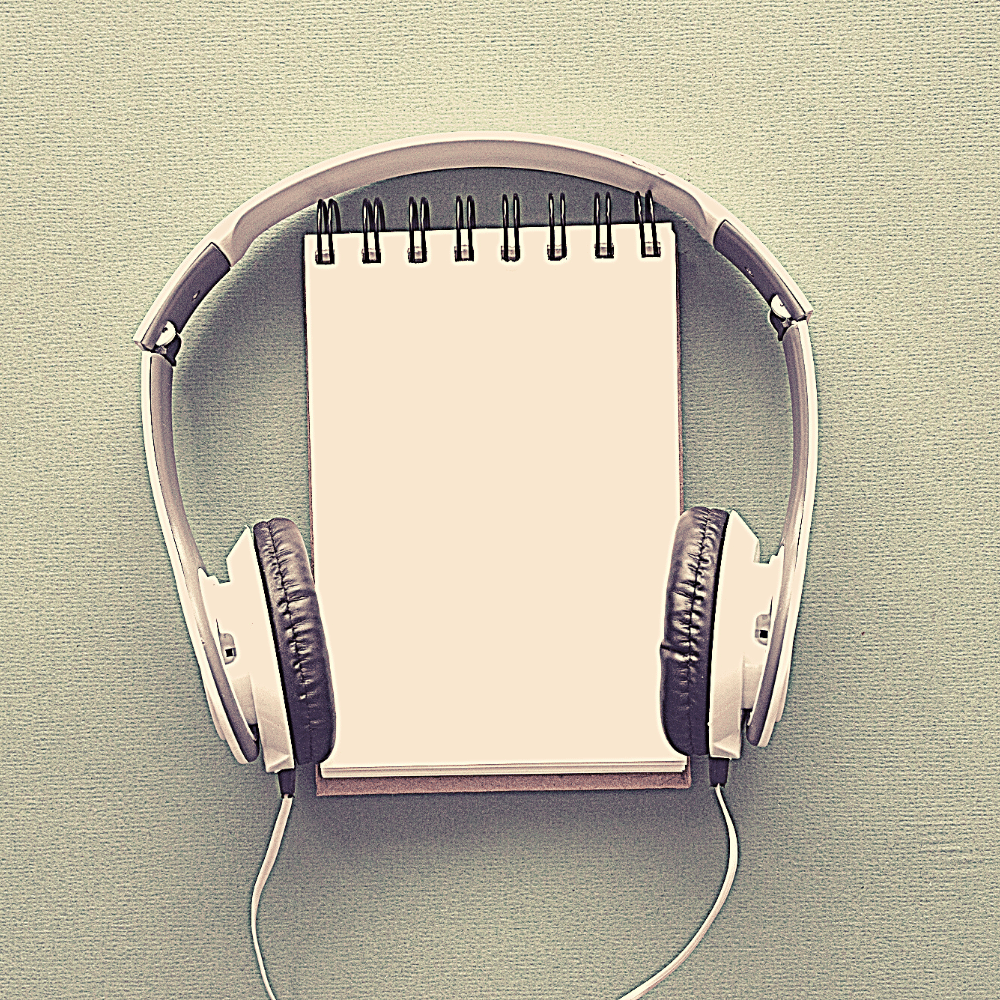
Again, set up your playlist so that you have this music here when you need it. I sort my playlists out in terms of emotional states or situations. Creating titles like things such as- uplifting walk, creating, calming beach walk, etc. Make it easier on yourself and set things up properly from the start.
Drawing or being creative to reduce anxiety and overthinking
I believe that everybody has the ability to be creative but most of us haven’t found the time to find the creative genius inside. Drawing, writing, painting, or anything involving the hands, seem to be a really good way to either express ourselves or to release built-up emotions.
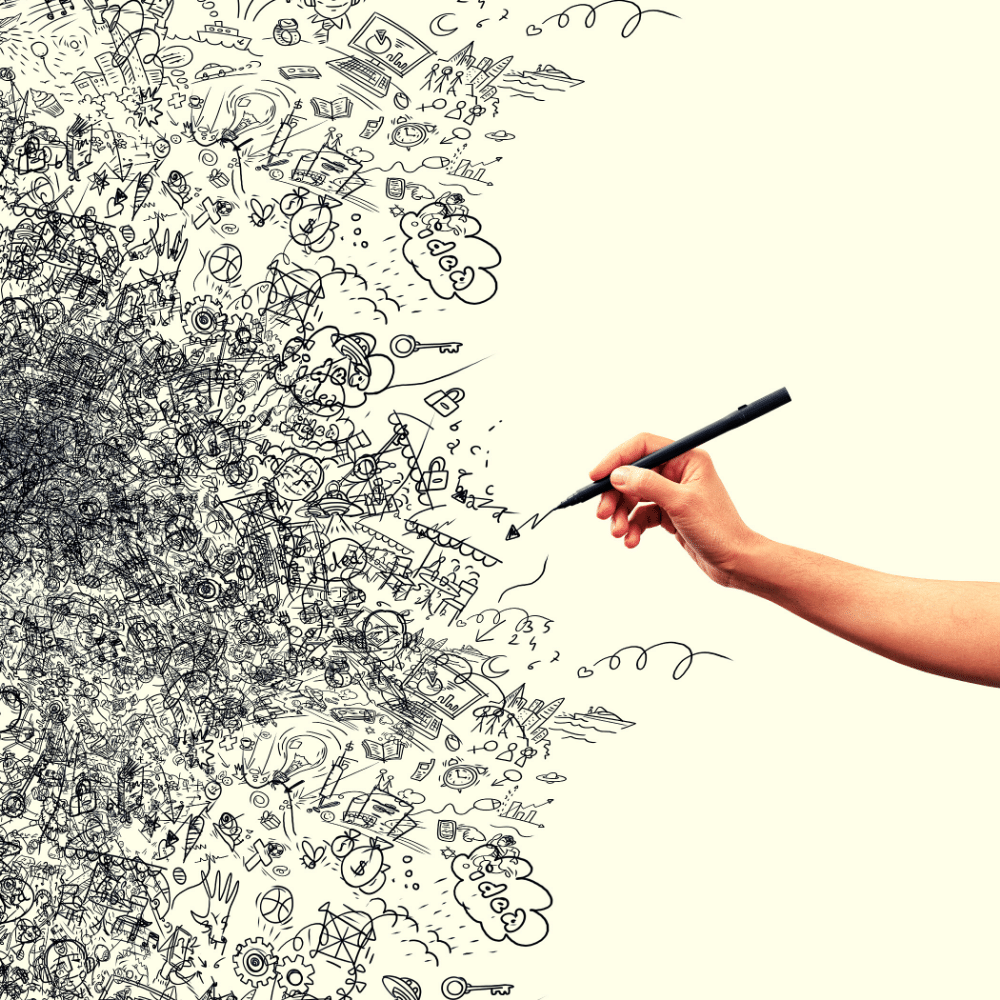
I know that if I am ever going through an anxious period, I throw myself into making my video infographics because it not only helps other people, it helps me at the same time. It’s like a type of therapy. Again we are all different, so it’s just about finding something that works for you and your unique environment.
If you’re not keen on writing on paper, use an iPad and a stylus. They’re also plenty of apps out there that have colouring or design programs if you want to colour but don’t actually want to do the work 😉
Visualise ourselves out of a funk
Visualisation is something I do a lot. I do it in yoga and before sleep. When I’m talking about visualisation, I actually call it manifesting. I use manifesting (visualising) as a strategy of how I want something to be or how I want something to turn out.
There are two types of visualisation that I do. One form is visualising the steps I would take for something to happen. I rehearse the steps in my mind down to the detail of how the situation would feel. The other form of visualisation is following along to a guided visualisation at night to get to sleep. Either type can be beneficial for reducing anxiety because it gives us a chance to focus on a positive outcome for something rather than going over something that hasn’t worked out the way we wanted it to. This type of thinking just leads to more anxiety. Again it comes down to personal choice and preference. So far I found that the manifestation/visualisation works best for me, to get me out of a mental funk.
bottom line
While these strategies work for me, they may not work for you. DO what works for YOU and always seek help when needed.
Further Reading & Information
The Influence of Yoga on the Autonomic Nervous System
Music and Sound in Time Processing of Children with ADHD
Listening to Mozart Improves Current Mood in Adult ADHD – A Randomized Controlled Pilot Study
Earthing: Health Implications of Reconnecting the Human Body to the Earth’s Surface Electrons
Find Gutidentity (ME) on Pinterest
If you’re interested in finding out more about me and how I use lifestyle changes to manage my ADHD symptoms, check out my profile on Pinterest.
Click the image below to go straight there!
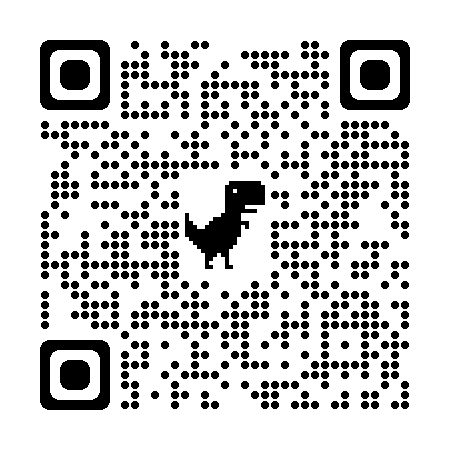
Related InfoEBooks for purchase
Want to learn more? Check out my eBooks on Etsy which provide small chunks of easy-to-read info. to get you started. I create the information in bite-sized chunks to make it easy to follow so it’s not so overwhelming. The feedback I’ve received from my resources is that they also help provide motivation to make a start on changing behaviour or starting a positive habit.
Either choose a single item or go for a bundle to save.
Click the image below to get the Ultimate Adult ADHD Personal Development Planner bundle.
It contains the following:
- 9 eBooks in total covering many different aspects to improve daily life and life skills, including strategies for sleep, nutrition, calming ideas, time-saving hacks, improving focus and concentration, learning to meditate, and tips for remembering stuff
- 1 daily planner checklist to help monitor progress on healthy habits
- 6 planners on personal development, changing limiting beliefs and improving general health and well-being


